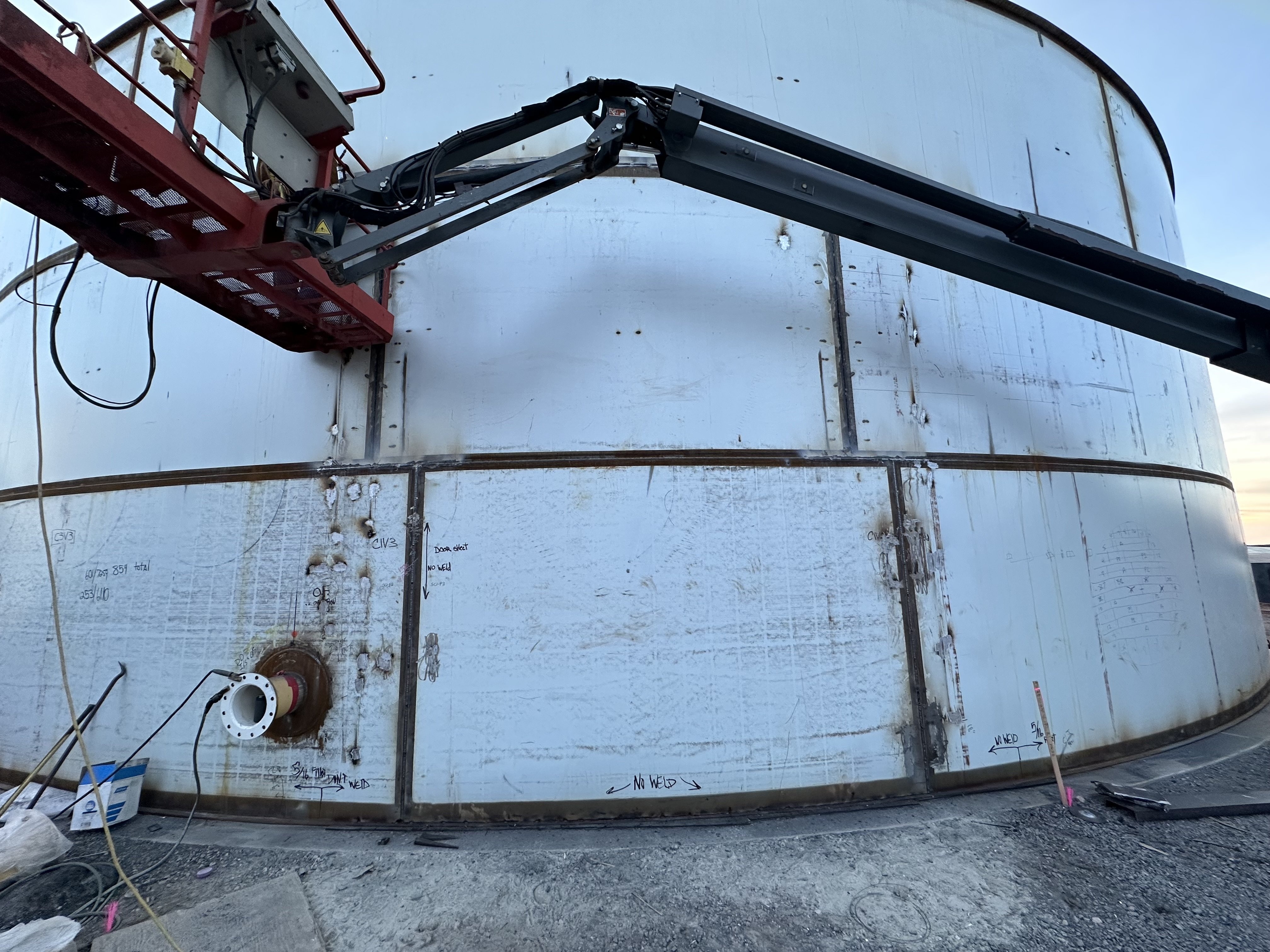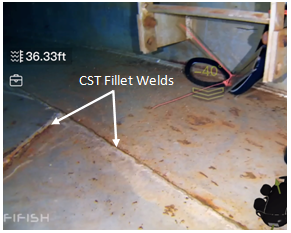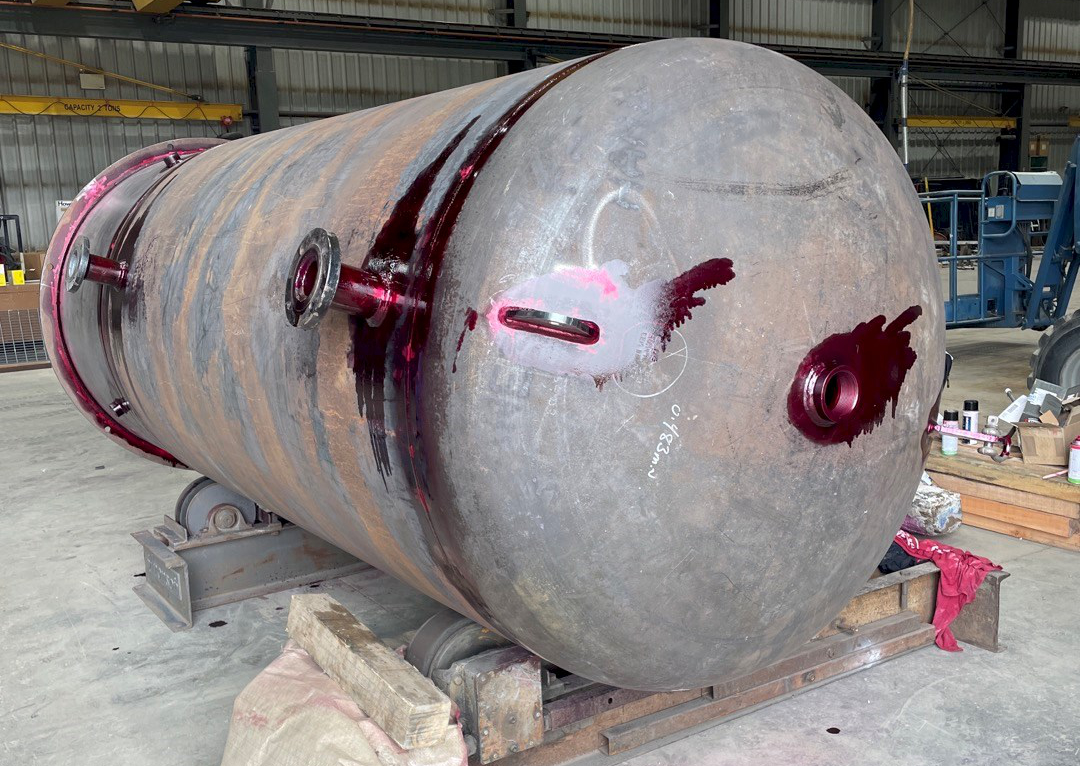An In-depth Overview of Container Welding Assessment Requirements and Methodologies for Improved Weld Quality and Efficiency
The importance of welding inspection criteria in the manufacturing of storage tanks can not be overemphasized, as they serve as the foundation for guaranteeing weld stability and functional reliability. Various inspection methods, consisting of visual analyses and progressed non-destructive screening approaches, are vital in determining possible imperfections that might endanger efficiency.
Significance of Welding Inspection Standards

Welding inspection requirements encompass a variety of requirements, including product specifications, welding treatments, and credentials of workers associated with the welding process. By imposing these criteria, organizations can systematically determine and rectify potential defects, therefore decreasing the likelihood of expensive repairs or tragic failures. Strenuous assessment methods promote a culture of liability and precision, urging welders to maintain high levels of workmanship.

Typical Welding Inspection Strategies


Ultrasonic Evaluating (UT) is another prevalent technique, using high-frequency sound waves to identify internal flaws that might not be noticeable externally. This approach is particularly effective for determining voids or additions within the weld metal. Magnetic Bit Checking (MT) is additionally extensively utilized, particularly for ferromagnetic materials, as it exposes surface and near-surface flaws through the application of magnetic fields and ferrous particles.
In Addition, Fluid Penetrant Screening (PT) spots surface-breaking defects by using a penetrant to the weld and afterwards utilizing a developer to extract the penetrant. Each of these techniques adds to a comprehensive assessment strategy, guaranteeing that welds satisfy the rigid quality standards called for in tank construction.
Governing Standards and Compliance
Regulative requirements and compliance are important parts in ensuring the safety and dependability of welded frameworks in container building - Tank Welding Inspection. These criteria serve to establish minimum requirements for material properties, welding treatments, and inspection practices, thus reducing the risk of architectural failings and improving overall performance
Trick companies, such as the American Society of Mechanical Engineers (ASME) and the American Welding Culture (AWS), supply standards that are widely adopted in the market. Compliance with these requirements not just makes sure adherence to best practices but also fulfills lawful and contractual responsibilities, safeguarding the rate of interests their explanation of stakeholders.
Regulatory bodies typically mandate adherence to details codes, such as ASME Code Area IX for welding credentials and API 650 for welded containers. These codes lay out needs for welding methods, certifications of personnel, and testing approaches to confirm weld integrity.
Routine audits and evaluations are critical to keeping conformity, as they assist identify deviations from developed standards. Non-compliance can result in considerable penalties, project delays, and safety and security dangers. Hence, a robust understanding of governing requirements and a dedication try these out to compliance are extremely important in achieving high-quality and resilient welded container frameworks.
Non-Destructive Examining Approaches
Exactly how can the stability of bonded frameworks be ensured without creating damages? Non-destructive screening (NDT) techniques use a durable option, enabling inspectors to assess weld quality without jeopardizing the material - Tank Welding Inspection. Amongst the most usual NDT techniques are ultrasonic testing (UT), radiographic screening (RT), magnetic particle testing (MT), and dye penetrant screening (PT)
Radiographic screening involves passing X-rays or gamma rays through the weld, creating pictures that reveal architectural defects such as fractures or gaps. This technique is vital for examining the integrity of complex welds.
Magnetic fragment screening is matched for ferromagnetic materials, where magnetic fields expose surface and near-surface interruptions. Dye penetrant testing uses a liquid dye to highlight surface-breaking defects, making it a reliable method for non-porous products.
Each of these NDT techniques has distinctive benefits, enabling for extensive analyses customized to particular materials and welding procedures. By carrying out pop over here these techniques, industries can guarantee the integrity and safety and security of bonded structures, inevitably improving general performance.
Enhancing Weld Top Quality Through Inspection
Reliable assessment plays a crucial role in enhancing weld top quality, offering as a crucial checkpoint in the construction process. By identifying prospective problems early, examinations minimize the danger of endangered architectural stability and make sure conformity with market requirements. Using a combination of aesthetic evaluations, non-destructive testing (NDT) techniques, and mechanical evaluations, assessors can find problems such as porosity, splits, and insufficient blend.
Implementing a durable evaluation method not only boosts the overall quality of welds yet also fosters a culture of responsibility amongst welders and fabricators. Normal training and qualification of examination employees make certain that they are equipped with the necessary skills to identify and attend to prospective issues efficiently. This proactive technique decreases rework and connected expenses, eventually adding to predict performance.
Furthermore, thorough documents of examination searchings for offers valuable understandings right into reoccuring problems, promoting continuous enhancement in welding methods. By leveraging innovative technologies, such as automated ultrasonic screening or digital radiography, weld high quality can be boosted via a lot more specific examinations. In conclusion, an extensive assessment process is vital in accomplishing high-grade welds, making sure safety, reliability, and durability in tank manufacture.
Conclusion
Finally, the implementation of rigorous storage tank welding inspection standards and approaches is important for making certain weld honesty and performance. By utilizing a mix of visual assessments, non-destructive testing approaches, and adherence to governing standards, companies can efficiently determine and reduce prospective issues. Cultivating a society of accountability among welders even more improves the quality of welding processes. Eventually, these methods add to decreased structural failings, reduced repair service prices, and boosted functional performance within the market.